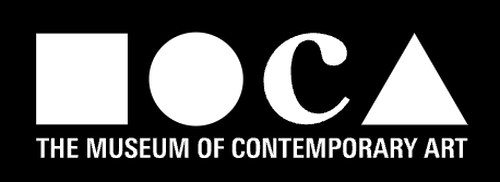
The first major historical exhibition of graffiti and street art organized by an American museum, surveys the origins and history of the movement in the United States and traces its influence as it spread around the world.
So here's a re-visit to the MOCA website, designed to document this now legendary exhibition.” -RQ
was the first extensive survey of the history of graffiti and street art to be presented in an American museum.
The exhibition traced the trajectory of street art from TAKI 183 and his Greek American friends in the Washington Heights neighborhood of New York to contemporary innovators like Barry McGee, Banksy, and Swoon who have helped to inspire a new global audience.
The exhibition attracted the highest attendance in the museum’s history.
included works by over one hundred artists from more than twenty cities.
The exhibition took place at the
Museum of Contemporary Art,
Los Angeles
from April 17 to August 8, 2011,
and included a historical timeline documenting the most important developments in street art from the early 1970s to 2011.
such as the invention of Wild Style in New York, Chaz Bojórquez and Cholo graffiti in East Los Angeles, and the heritage of Jamie Reid’s punk graphics in London.
Fun Gallery and RAMMELLZEE’s entire studio, with his letter racers suspended from the ceiling.
A gallery memorialized the work of
Dash Snow surrounded by works
by his IRAK crew.
The show featured ambitious installations by artists including Os Gemeos, Banksy, Shepard Fairey, RETNA, and Swoon
and an immense outdoor mural
orchestrated by Lee Quiñones.
Los Angeles legend Mister Cartoon created an installation around his famous ice cream truck, which he spent years customizing and painting.
There was an extensive section on the art
that emerged from the Los Angeles surf and skate subcultures,
featuring films by Spike Jonze,
conceptual posters by Craig R Stecyk III,
and an enormous photo collage
by Ed Templeton.
NECK FACE created a frightening trash-strewn and graffiti-scarred alley
where he lay in the gutter dressed as a bum, sometimes terrifying unsuspecting visitors.
Cars customized and painted
by Kenny Scharf,
and Keith Haring greeted visitors
at the entrance.
Stelios Faitakis from Athens,
MISS VAN from Barcelona,
MODE 2 from Mauritius,
ROA from Ghent,
and JR from Paris.
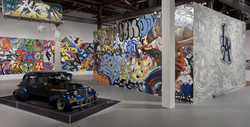 View of murals by RISK, REVOK, Mister Cartoon, and Los Angeles artists; "heaven" freeway sign by REVOK above; and painted Chevy car by Mister Cartoon. Photo: Brian Forrest
View of murals by RISK, REVOK, Mister Cartoon, and Los Angeles artists; "heaven" freeway sign by REVOK above; and painted Chevy car by Mister Cartoon. Photo: Brian Forrest Estevan Oriol, KR (Craig Costello),
Terry Richardson, and TEEN WITCH,
and filmmakers Bill Daniel
and Charlie Ahearn.
A special arrangement was made
for Banksy and his crew to work late
at night with the security cameras shut off
after all the other artists had left.
He created a show within the show in addition to an outdoor steamroller installation.
Banksy had agreed to participate in the show on two conditions:
One, that there be at least one day a week of free admission,
and two, that photography would be permitted.
The museum administration initially said no
to both requests, being reluctant to forgo the admissions revenue and wary of the legal complications of allowing open photography.
In 2011, almost all museums still prohibited photography.
In response, Banksy immediately sent the museum a contribution to cover the estimated lost revenue on the free day.
Solving the photography challenge
was more difficult.
Letters had to be written to the copyright owners of every artwork in the show.
All but one of the three hundred fifty rights holders and owners sent back written permission allowing the works to be photographed.
The results were astonishing.
By the end of the exhibition
8,500 people were lining up to visit the exhibition on the free Mondays.
Photography in the exhibition became a phenomenon with thousands of images posted online, taking the impact of the exhibition to a different dimension.
In conjunction with the show, large mural paintings were commissioned for the facades of the West Hollywood Public Library
parking garage by Shepard Fairey,
RETNA, and Kenny Scharf.
You can click on the name in the gallery and see a view of that exhibit!” -RQ

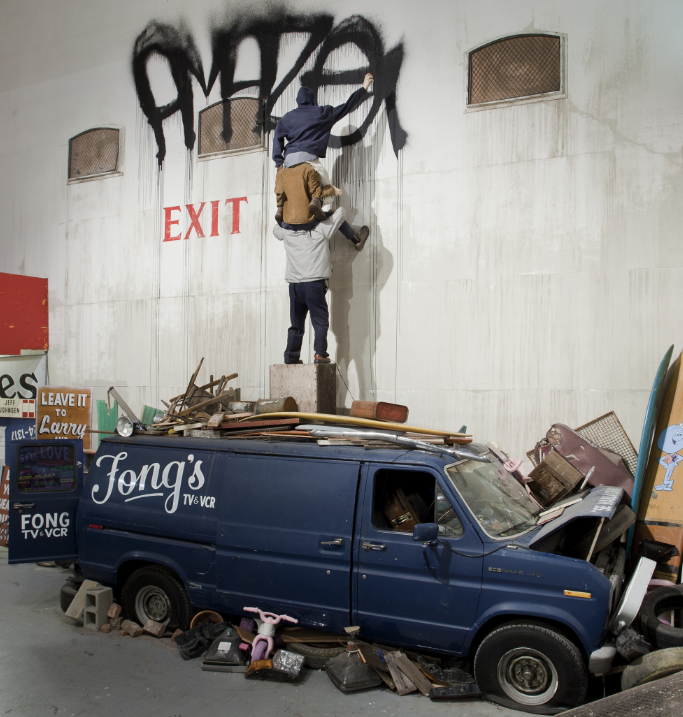
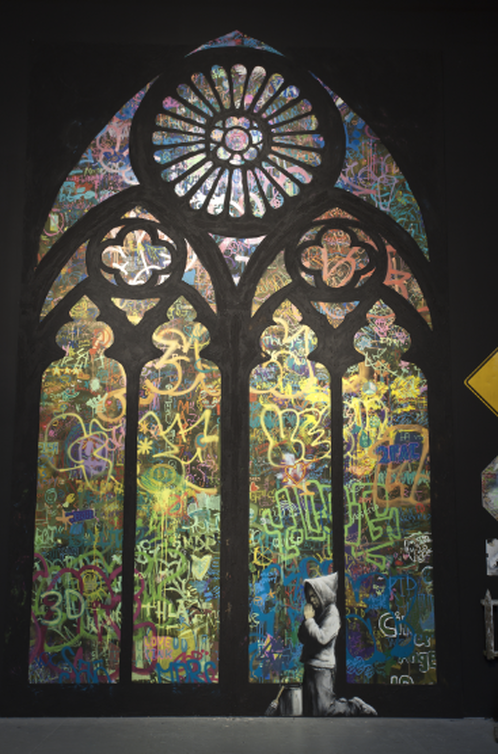
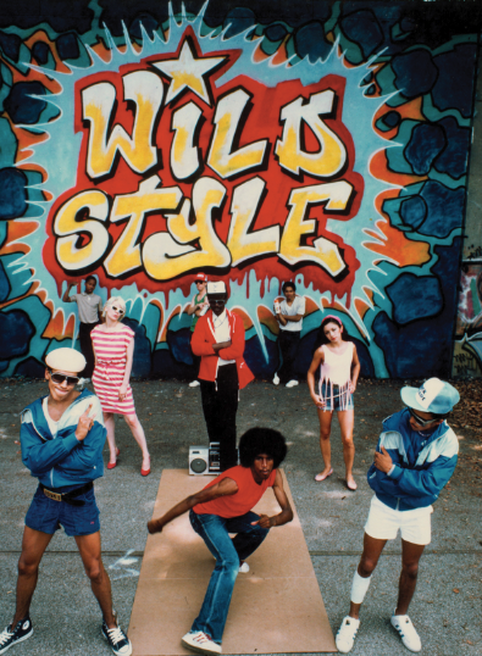
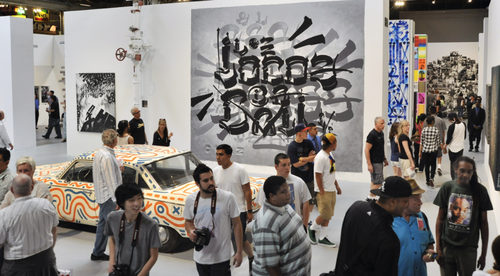
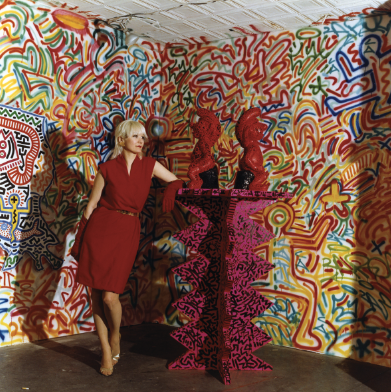
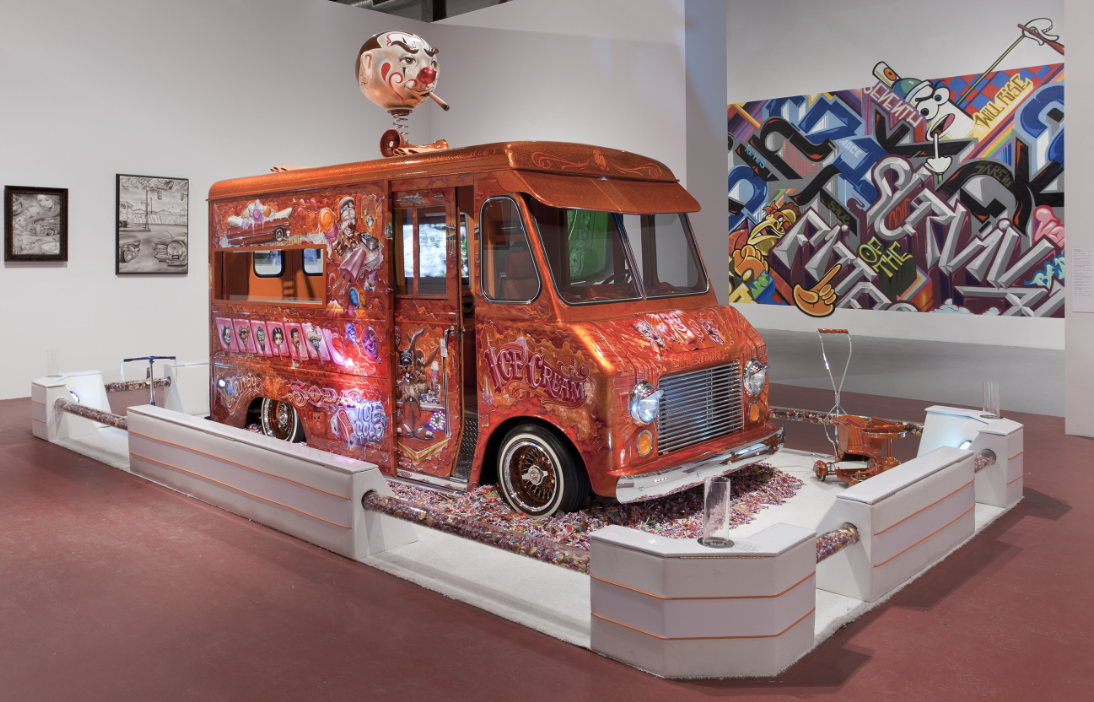
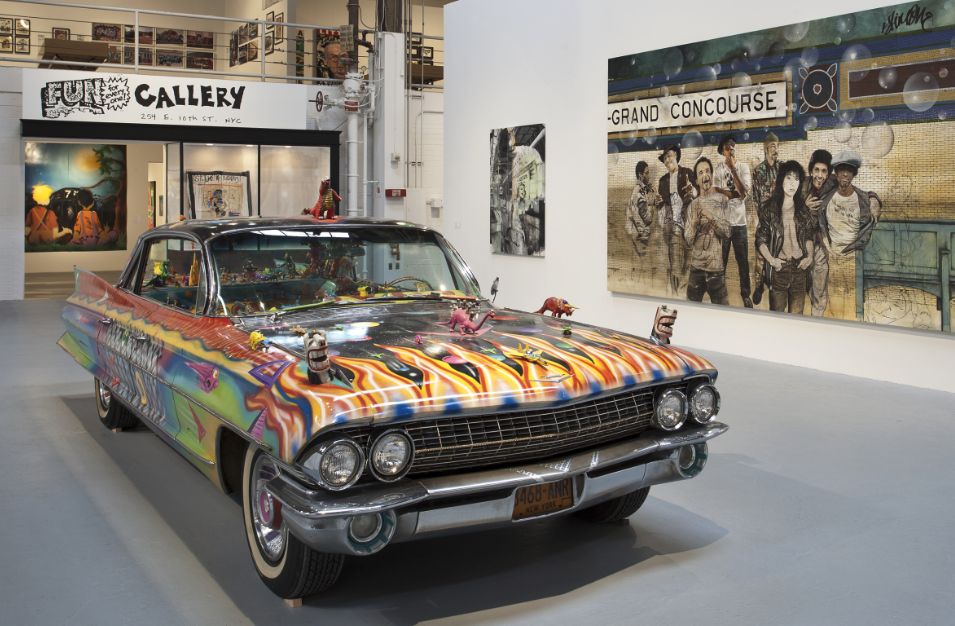
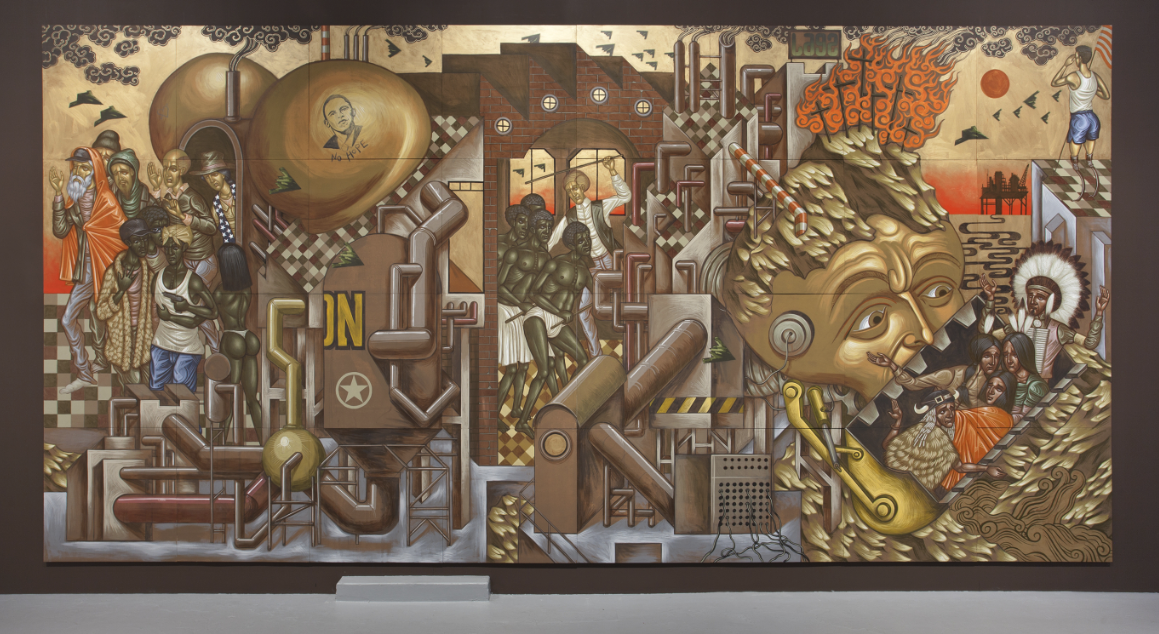
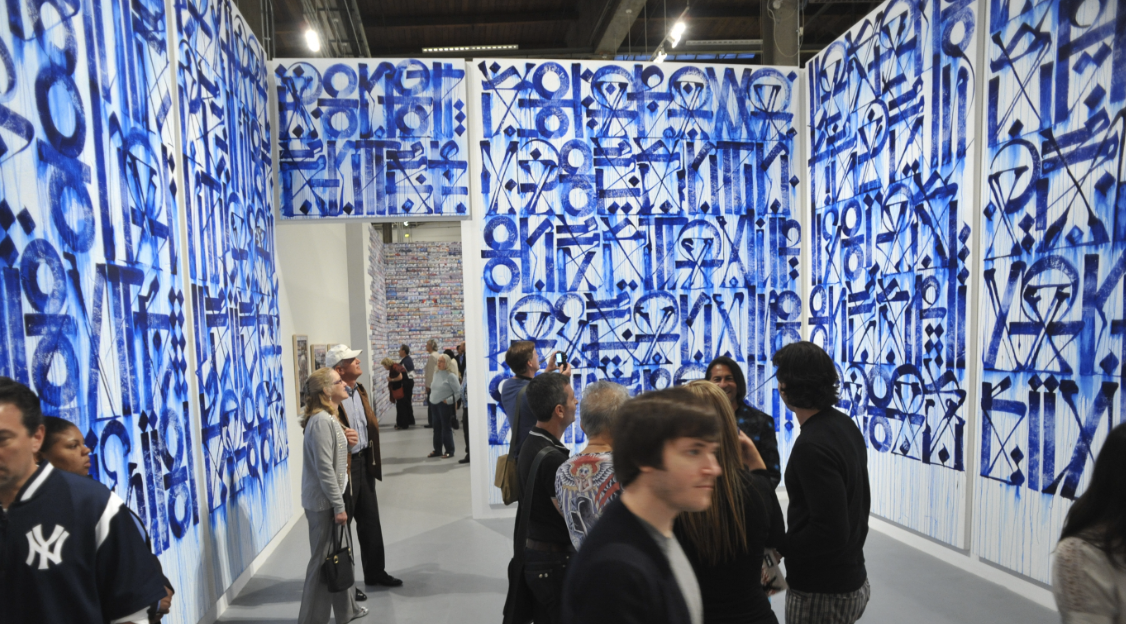
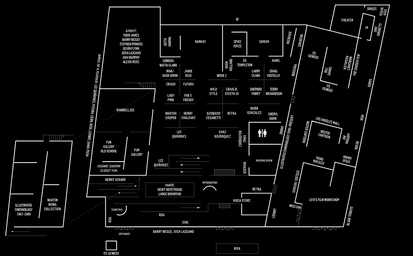
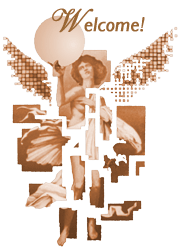
 RSS Feed
RSS Feed